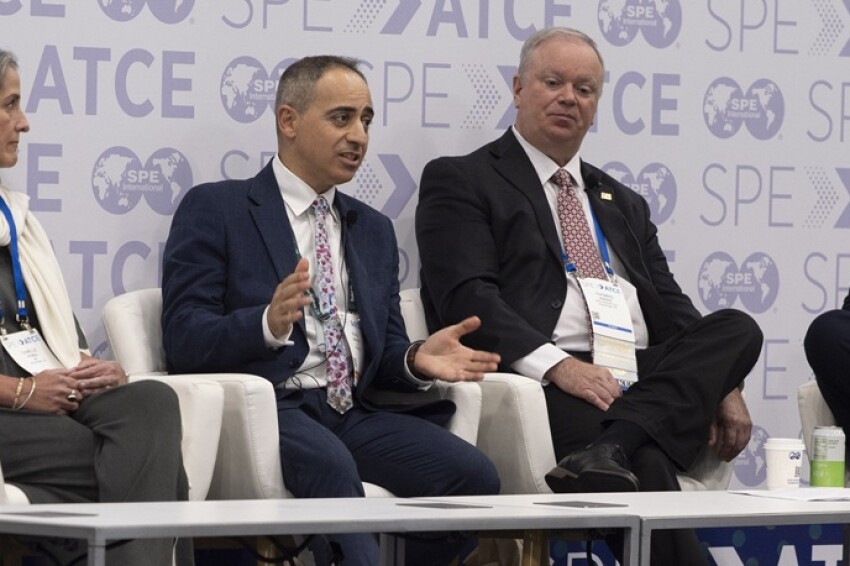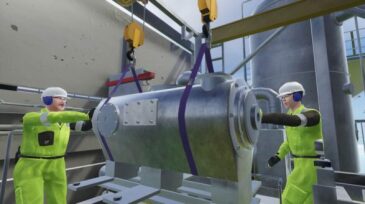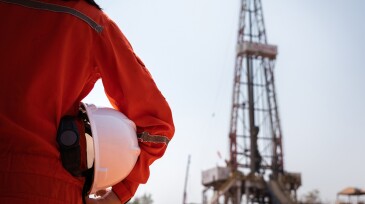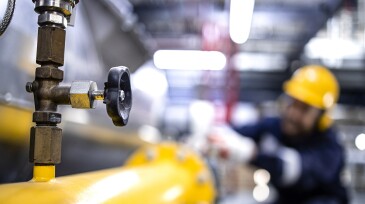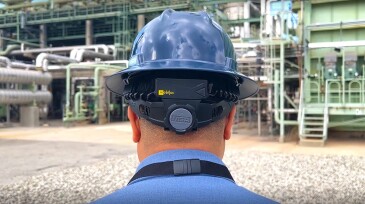Safety
A resilience-based approach to safety was the focus of a panel of experts at the 2025 SPE Annual Technical Conference and Exhibition in Houston.
This paper focuses on developing a model that can be used in an automated, end-to-end flare-smoke detection, alert, and distribution-control solution that leverages existing flare closed-circuit television cameras at manufacturing facilities.
This paper presents a physics-informed machine learning method that enhances the accuracy of pressure transient analysis, predicting reservoir properties to enhance waste slurry injection and waste disposal.
-
Equinor is adopting a mobile-game-based “safety simulator” training program from learning and development company Attensi, and a user survey suggests it’s working.
-
Risk is a common thread that runs throughout all engineering disciplines. This course aims to present how to understand and identify hazards, analyze risk, and understand the importance of a comprehensive management system.
-
Harish Krishnamoorthy, assistant professor of electrical and computer engineering at the University of Houston, has been selected by the National Academies’ Gulf Research Program as an early-career research fellow in the Offshore Energy Safety track.
-
Creating and cultivating a safety culture is one of the most effective ways to protect employees and ensure a safe workplace. But building a safety culture can be difficult. It takes time, effort, and commitment from everyone in the organization.
-
Vision analytics is being used to extract insight information from video, with data inferred from existing cameras used to create a monitoring dashboard where supervisors can receive alerts at the worksite level or drill down to specific events.
-
The first step to ensuring the safety of oil and gas workers is to have a comprehensive safety program in place. This includes frequent employee training, detailed equipment inspections, and detailed safety procedures everyone follows.
-
With growing trade of liquefied natural gas (LNG), an increased diversification of LNG supply sources may occur in the LNG tanks as different compositions of LNG are stored in the tanks. It is the primary concern in terms of assuring stability and safety in LNG storage.
-
This device lets workers in noisy and windy environments hear through their bones without removing ear protection.
-
A recently published study connects risky driving to long work hours, lengthy commutes, and insufficient sleep.
-
Ryan Sloan, safety manager for Birchcliff Energy, explains how two separate tragedies spur him on to change the way workers think.

